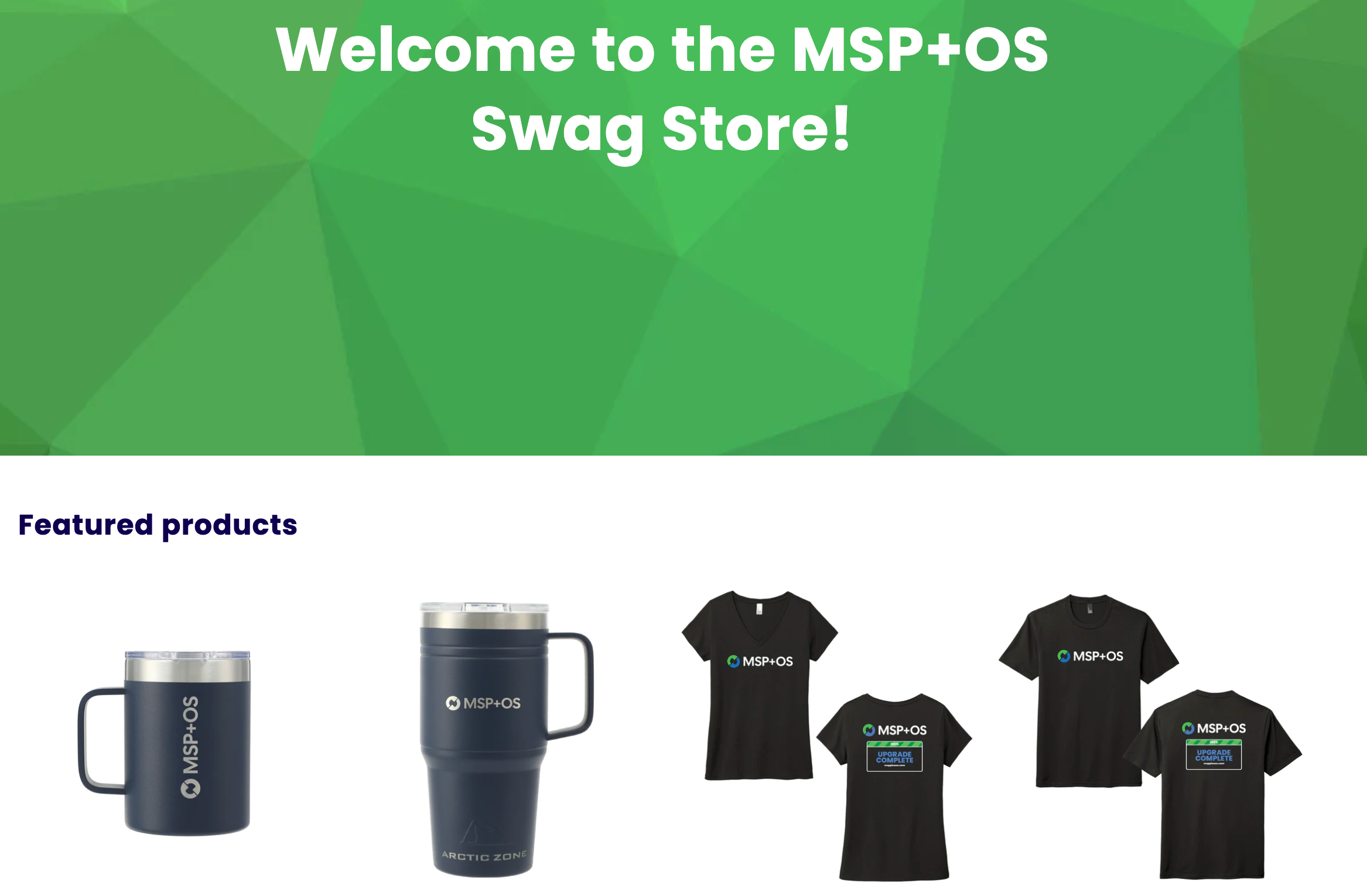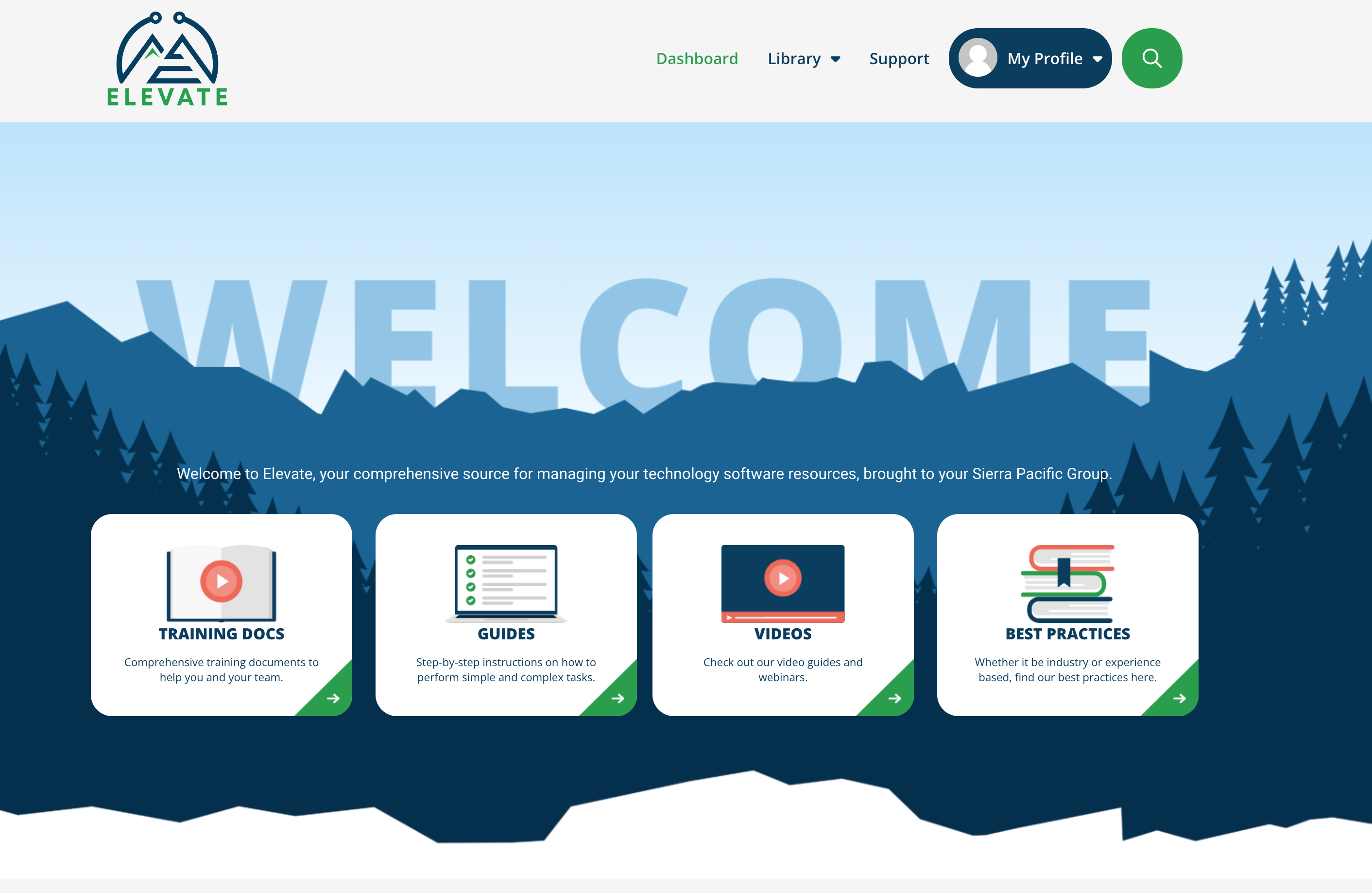In the rapidly evolving world of IT and Managed Service Providers (MSPs), optimizing your Remote Monitoring and Management (RMM) system is critical to stay competitive and deliver the highest-quality services to your clients.
There are three powerful RMM tools that can transform your business: ConnectWise RMM, ConnectWise Automate, and N-Able N-Central RMM.
Even then, it’s not enough to simply purchase a top-performing RMM. You need to implement and optimize it to get the most out of your new tool.
For example, you can customize thresholds and notifications to keep your team informed of any critical incidents across your clients’ networks. By setting up sophisticated monitoring and alerting systems through your RMM, your technicians can proactively identify issues and address them before they escalate — or before your clients even find out.
However, most IT/MSP businesses receive false alerts, causing service technicians to lose trust in the system’s accuracy and rendering it useless.
To avoid this, MSP+OS has put together this comprehensive guide, where we’ll explore proven processes for monitoring and alerting across top-performing RMM systems, like ConnectWise RMM, ConnectWise Automate, and N-Able N-Central.
Get your monitoring and alerts on the right track
As an IT/MSP business, you have seemingly countless ways to increase efficiency with ConnectWise RMM. One easy access point is leveling up your monitoring and alerts.
You want to ensure your processes are tailored to produce accurate, actionable alerts, as opposed to false, redundant, or purely informational alerts that only slow down your team.
After all, as soon as your automatic RMM alerts start producing unhelpful information:
- Your techs lose trust in this critical tool.
- Teams begin to shy away from the true potential of automation.
- Techs may spend more time trying to figure out what’s wrong with your alerts rather than addressing the alerts — making the entire process feel like a waste of time.
Let’s say one of your regular RMM alerts says, “Group policy failed to load.” If this happens multiple times per day, the problem always resolves itself, and your team knows this, they’ll ask themselves, “Why should we even bother paying attention?”
These types of self-fixing or purely informative alerts seem helpful, but ultimately aren’t the purpose of monitoring.
Fortunately, MSP+OS specializes in powerful RMM tools and automation strategies. We’ve gathered the best practices for monitoring and alerting, which we’ll dive into today.
How to configure your RMM for relevant, actionable alerts
No RMM platform should be sending out alerts that do not benefit the client.
Instead, your team is most efficient at delivering proactive, top-tier services when equipped with accurate and actionable alerts.
Luckily, IT/MSP teams can configure their RMM software for trustworthy alerting.
- You can hire an expert consultant, such as MSP+OS, to revamp your RMM environment.
- Or, you can hire an in-house RMM Admin to take on alerts management.
Regardless of which path you take, the following tips will be game-changing:
- Set up notifications for critical events
- Coordinate escalation policies to prioritize alerts
- Regularly review and adjust alert settings as needed
- Configure alert thresholds based on device types and client needs
Let’s dive into some of these tactics:
Consider your service agreements
One way to determine what to include in monitoring and alerting is to go back to your SLAs.
- Does the service tier include monitoring of workstations and servers?
- Does it include patching and automated maintenance?
Consider each service level aspect that needs to be included, and then adjust your alerts accordingly.
Tailor alerts to what the client is paying for
Monitoring matches within your RMM ecosystem will show strong returns. Much like Tip #1, this practice will both:
- Help you eliminate additional, unnecessary alerting flows
- Ensure you don’t give away services that clients don’t pay for
You’ll be able to monitor patching (and, really, all aspects of your RMM) so that your back end reflects precisely what the client is investing in.
It’s a win-win: Clients receive nothing less than the security and maintenance they’re expecting, while you don’t expend any more resources than necessary.
Tailor thresholds to client use cases
Start by evaluating the monitoring that was already enabled and set up for you out of the box. Take a closer look, and then make your adjustments as necessary.
Here’s an example:
- Let’s say you’re running a basic memory monitor.
- If the available RAM falls below 10%, an alert should be triggered.
- However, it’s important that an alert isn’t triggered across all systems.
To this end, make sure to consider unique use cases.
Switch off unnecessary alerts to eliminate redundancies
Many IT/MSP teams will apply changes globally — switching on monitoring across every system in their network or none at all.
- MSP+OS does not advise this because alerts should be configured on a case-by-case basis.
- As already mentioned, changes are best made on the agreement level (not universally).
Otherwise, you will not be strategic and efficient in your use of resources.
For instance, let’s say you adjust a threshold to be alerted if there is only 1% of RAM left. However, it won’t actually generate an alert for something that’s using RAM when it shouldn’t be.
Again, you should strive to keep alerts actionable for your techs.
Consider how alerts are streamed and received
Take a step back to consider the most basic questions:
- Are alerts coming in as emails to your team?
- Or are they sent directly to your service boards?
- If they’re sent directly to your boards, are they reaching the correct ones?
These are all mechanical questions that need to be addressed on the back end to ensure information even reaches the right people at the right times.
You can even go as far back as communicating with your RMM provider. Depending on the services you're selling, how can you best partner with your provider to have your RMM software facilitate these services through alerts?
When you invest in getting monitoring and alerting right from the very beginning, the results (and your team’s trust in automated RMM alerts) will soon follow.
Next steps for airtight monitoring and alerts
Ultimately, being proactive about monitoring and alerts management with your RMM will immensely benefit your IT/MSP business.
By borrowing the strategies above from MSP+OS, you can expect:
- No more false, redundant, or purely informational alerts
- Service techs who are excited and empowered by automated workflows
- Happier clients who see network issues resolved proactively and immediately
In other words: Airtight monitoring and alerts will enable you to deliver your services to satisfied clients more efficiently than ever.





